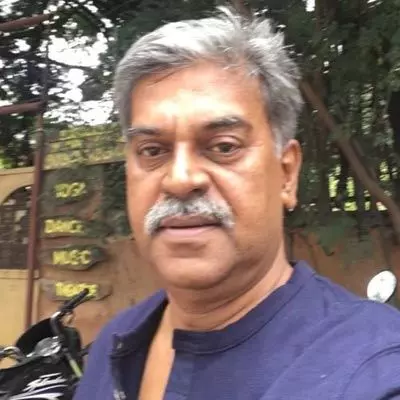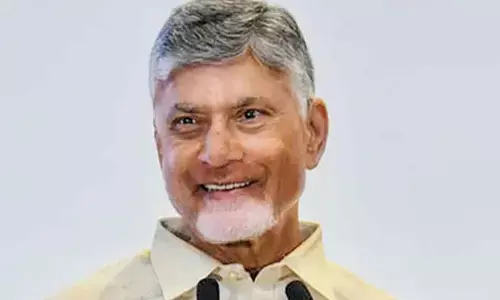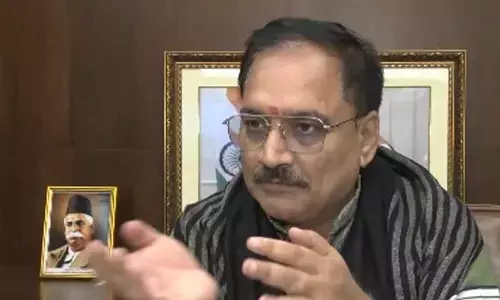Managing risk crucial for creating wealth

Investors and advisors alike spend much time on planning and consider many variables to arrive at the right portfolio that suits individuals.
Investors and advisors alike spend much time on planning and consider many variables to arrive at the right portfolio that suits individuals.
While a considerable quantum of time is spent upon understanding the needs, fixing the goals and timelines, many investors fail to comprehend the risk that they are willing to take.
And of course, there are numerous questionnaires that assess the risk profile of an investor but personally, I believe they are of little use when the actual risk unravels in the real world.
The typical risk profilers have questions about how much of a volatility is acceptable with options of starting from 10 per cent to 30 or 40 per cent and a wild option of "I don't care what happens to the market".
A follow up on question would be on the reaction or response of an investor if the market corrected by a certain percentage. Then would be asked to pick from the choices that range from extremes of moving out of an equity investment to further topping up an existing investment while also providing options for remaining status quo or reducing the exposure.
The choices for a question of willing to take risk for an investor would range from - 'can accept minimal risk to accept high risk' on the extremes and 'some risk and moderate risk' in between.
Though, each of the choices would have a value assigned and the combined value of the responses across the questionnaire categorises the investor into a higher, moderate or lower risk taker, it doesn't address what's risk for the investor.
The risk assessment sheet may evaluate the risk tolerance of the investor by the advisor but provides little information about what risk actually means for an investor.
Quantifying risk is a difficult task unlike making assumptions to returns. We tend to come up with the possibilities of a return scenario for an investment which could provide a certain percentage over a period of time or an average over a certain period.
For instance, if one were to invest in a bank fixed deposit, currently would end up getting six per cent for one year and may be a bit higher or lower in an extended tenure.
So, what's the risk for an investor here. Let's try assessing that, what if the bank in which the deposit is made folds up. The loss is whole except for a deposit of up to 1 lakh which is protected through a group insurance.
If the deposit is 1 lakh or less, then the possibility of getting back the principle amount is high though delayed. What if the amount is higher than 1 lakh? Risk is that what if moment in one's life.
To quantify it is not possible, if the risk were to happen, it's full. So, instead of trying to arrive at how much is the risk, the investor should concentrate if they're willing to forgo that amount altogether in case of that big IF.
The correct question while trying to assess an individual investor's risk, should be, how much am I willing to lose? That brings up the possibilities afore than eliciting response for what if the market drops by a particular percentage point.
And one needs to understand that we've almost no say in trying to stop or delay a risk except being plain lucky. We have to realise that risk is inherent and all that we could best do is to mitigate it. So, risk management becomes critical to any investment plan.
One has to appreciate that equity investing is for the long term and though our goals are finite and fixed. Howard Marks says that stock markets are a voting machine in the short run but are weighing machines in the long run which could be applied to evaluate the performance or track record of an investment.
The key to wealth creation is not just about making higher returns but avoiding losses consistently despite generating little positive returns and staying invested for longer time to let the power of compounding bring the results.
It's to be noted that calculating the compound interest, the exponential is the 'n' i.e. tenure or term of the investment and not 'r', the return on the investment. To ensure one achieves the benefits of compounding, one has to retain the capital.
(The author is a co-founder of "Wealocity", a wealth management firm and could be reached at [email protected])

















